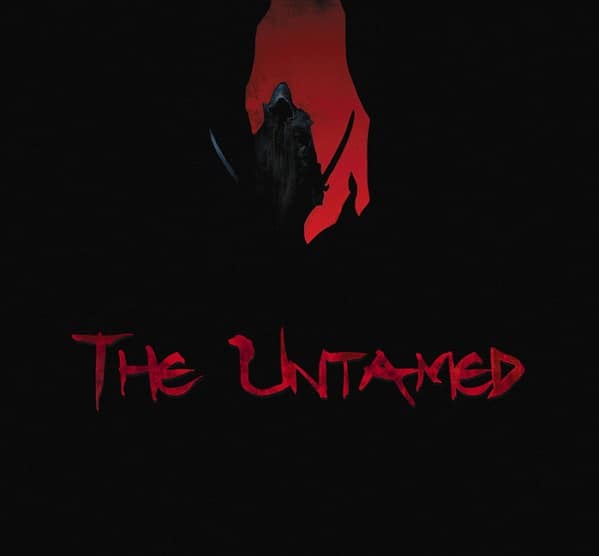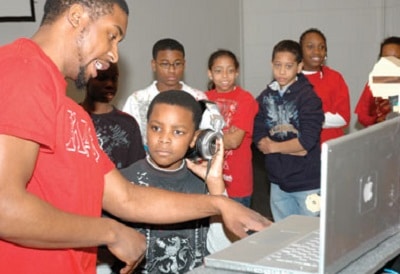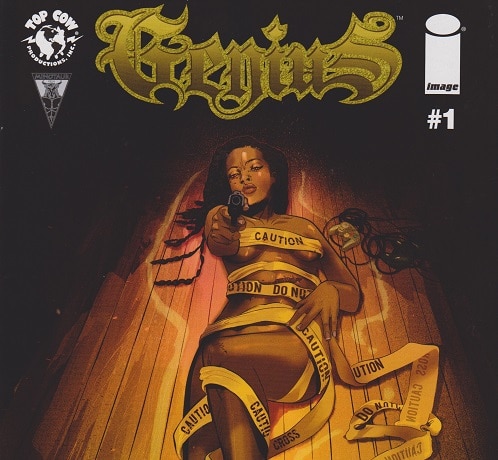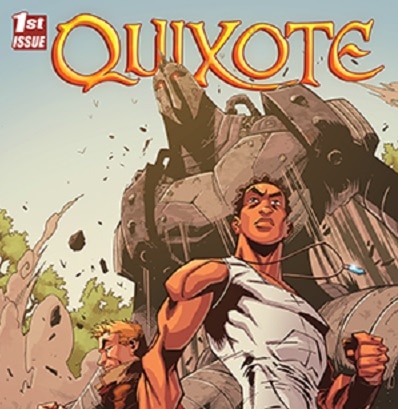“The Untamed” is a graphic novel comprised of seven comic books. In the prologue, a character known as the Stranger makes a deal with his wife that allows him to rise up from the pit of hell. Armed with his burning hatred and the knowledge that he can’t be killed by mortal means, Stranger is resolved to make good on his promise.
The Stranger is given an ultimatum: Escape hell for seven days for the price of seven guilty souls or a chance for revenge. A chance for vengeance. The Stranger finds out they’re the same in the end.
Ten years ago, in the town of Oasis, Stranger ruled with wretched wickedness; his only hope of salvation was his wife and young daughter. But when Stranger was betrayed by one of his followers, he and his family were murdered. Now, Stranger’s only objective is to end those who ended him and finally reunite with his family.
Along the way, Stranger meets Niobe Ayutami, an innocent child who reminds him of his daughter, reunites with his young con-man apprentice Stutters and squares off more than once with his brother, Phylax. He and Phylax both love a woman named Lariel, a master manipulator who complicates Stranger’s mission all the more. Each day, Stranger is faced with any number of obstacles – from supernatural creatures such as Silver Elves and Morkai (children of the moon) to human foes like the new mayor of Oasis and his guards. These enemies require every ounce of his intelligence, hatred and knowledge of his city to overcome. Will Stranger be cunning and ruthless enough to deliver on his promise of seven guilty souls in seven days?
Darrell May and Peter Bergting drew most of the gorgeous artwork for “The Untamed,” and the duo had many other contributing artists submitting stunning character designs along the way for warrior-like Silver Elves and a menacing skeletal priest among other creatures. Notably, the character of Niobe is based on Amandla Stenberg (Rue from The Hunger Games). With her long braids, striking face, along with one intense blue eye and one brilliant brown eye, it’s nearly impossible to forget why she represents purity and Stranger’s morality.
Throughout the series, the colors literally jump off the page, thanks to the artists’ consistency in choosing certain colors for certain scenarios. For example, with the exception of a few kills, every time a murder is committed, the page is drawn in ethereal colors: deep grays, cloudy blues and jet blacks. This makes the brilliant red of the blood spatter stand out on the page so that readers’ eyes are drawn to it and invariably linger a moment or two.
Read more from guest blogger Diondra Powers at Black Girl Nerds









